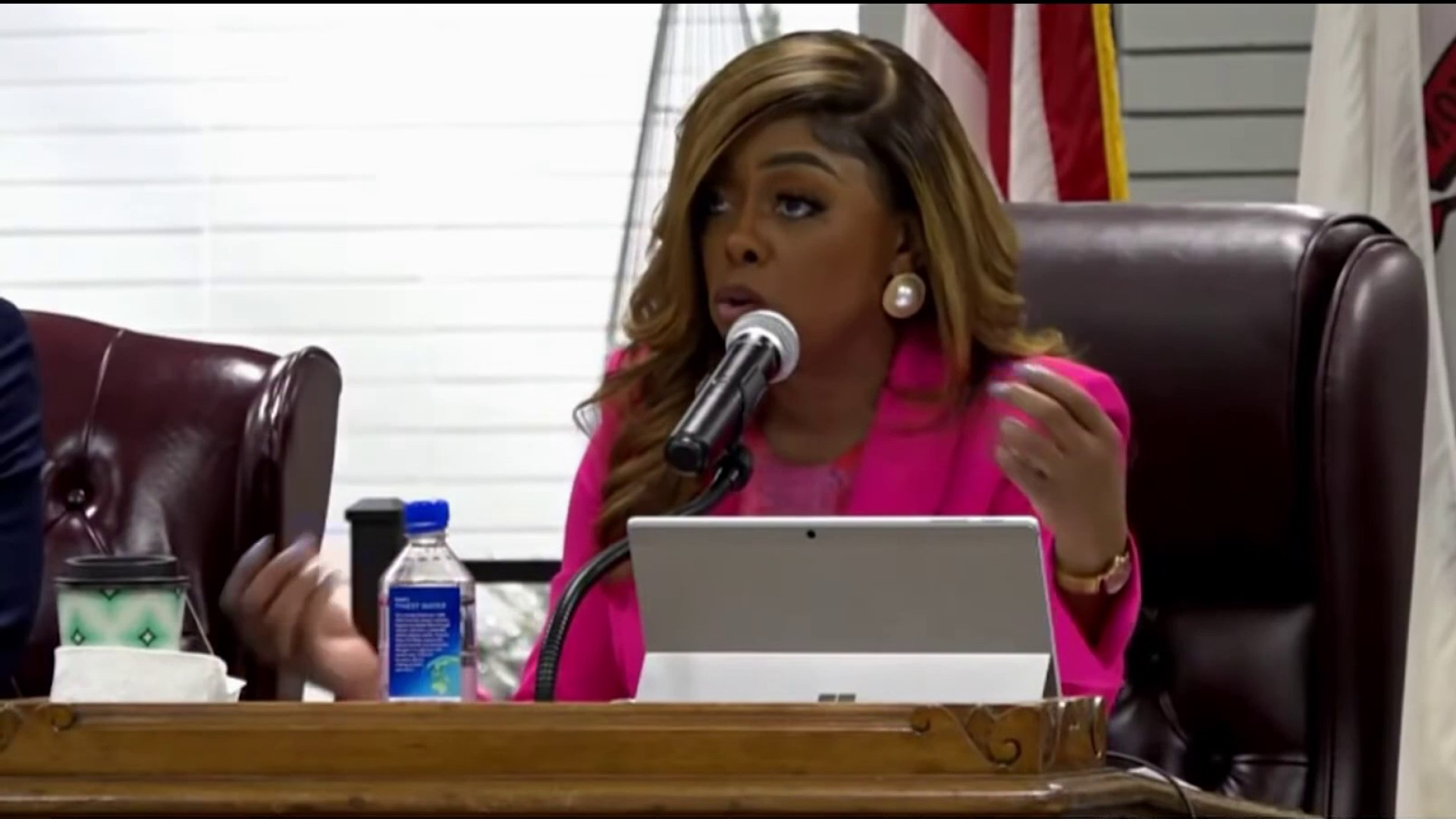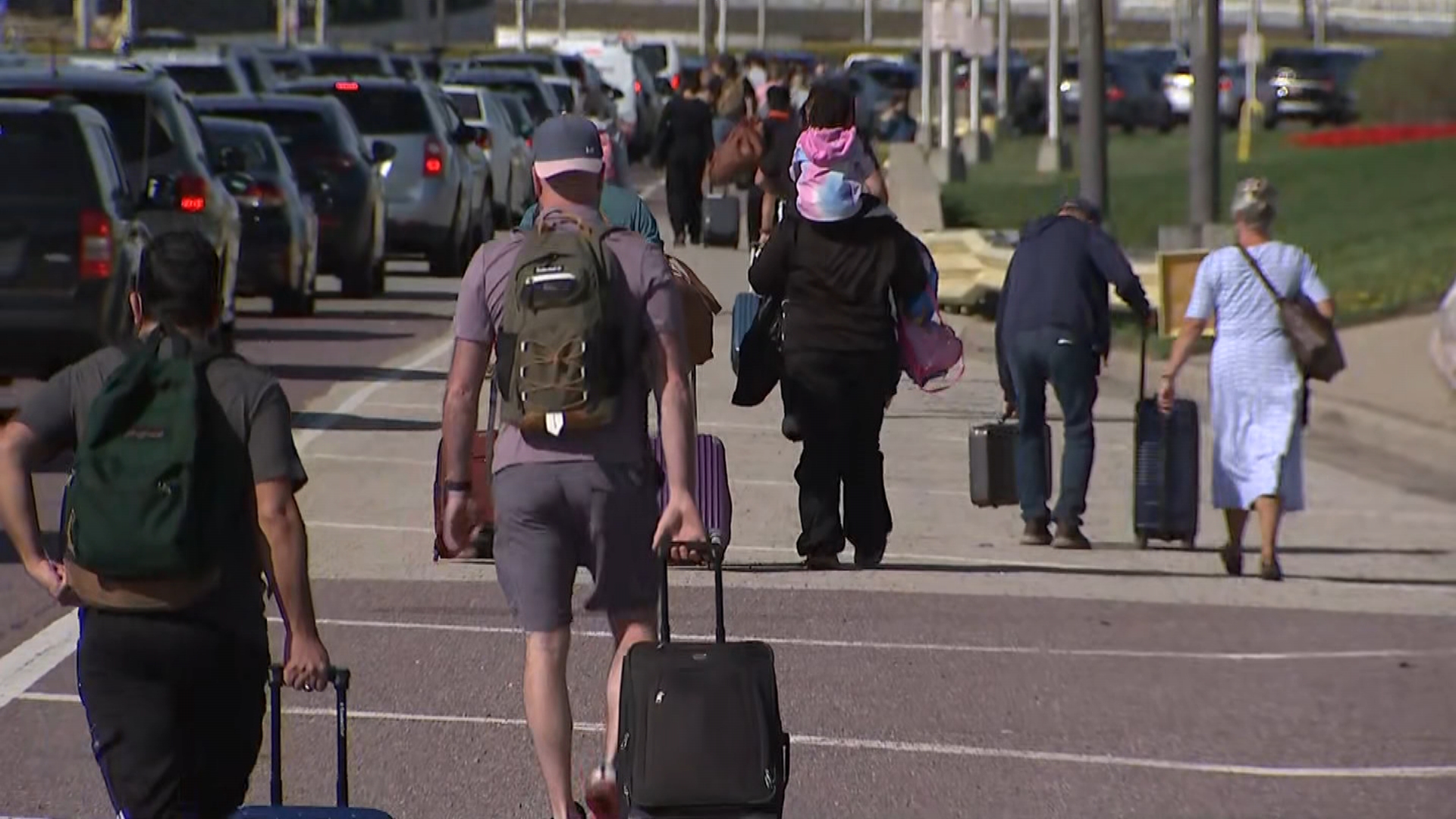
The Illinois Supreme Court currently has a majority of liberal justices, but with three seats up for a vote this November, the balance of that court, and the fate of countless pieces of legislation, could hang in the balance.
There are seven total justices on the Supreme Court in Illinois, four of whom are Democrats. Two of those seats that are currently held by Democrats are going to be on the ballot this November, and if Republicans can flip at least one seat, then they could see a host of legal challenges to measures passed by a Democratic-controlled General Assembly.
In all, three seats on the Illinois Supreme Court will be on the ballot in different parts of the state this November, with Justice Mary Jane Theis up for a retention vote in the first district and seats up for grabs in the second and third districts.
Here is what you need to know about the elections, and what it could all mean for Illinois politics.
Feeling out of the loop? We'll catch you up on the Chicago news you need to know. Sign up for the weekly Chicago Catch-Up newsletter here.
How is the Illinois Supreme Court Structured?
There are seven justices on the Supreme Court, representing five different districts. Each justice is elected to a 10-year term, and then faces a retention vote at the conclusion of that term. A justice must receive at least 60% of the vote to remain on the bench for a new 10-year term.
If a justice retires before the end of their term, the remaining six justices will select a replacement. That justice will serve until the next general election, when they will participate in a partisan election against an opponent from the opposite political party.
Local
The winner of that race would then receive a 10-year term.
How are the Districts Allocated?
The first district, which covers Cook County, has three Supreme Court justices.
The second district is comprised of numerous north and west suburbs of Chicago, and includes McHenry, Lake, DeKalb, Kane and Kendall counties.
The third district is mostly southern and far west suburbs, and includes DuPage, Bureau, LaSalle, Grundy, Will, Kankakee and Iroquois counties.
The fourth district is comprised of most of western Illinois, including Sangamon County, and the northwestern portion of the state, while the fifth district is comprised of the southern portion of the state, including Champaign County.
Who is Up for Election This November?
Justice Mary Jane Theis, who has represented the first district since 2010, is up for a retention vote this year. A Democrat, she will need to receive at least 60% of the vote to remain on the bench.
There are two vacancies currently being contested on the court. In the second district, a vacancy was created when Republican Justice Michael Burke’s residence was moved to the third district thanks to redistricting.
Former Lake County Sheriff Mark Curran is running as a Republican in the November election, where he will oppose Democratic Judge Elizabeth Rochford in an effort to keep that seat in GOP hands.
The third district will also have a new justice after Robert Carter, a Democrat, opted not to stand for reelection. Burke will attempt to keep his seat on the Supreme Court, going up against Judge Mary K. O’Brien, who currently represents the third district on the Illinois Appellate Court.
What Does This Year’s Election Mean for the Court’s Makeup?
Two of the seats that are currently up for election are currently held by Democrats. Theis will seek to be retained for a second term, but the big election will occur in the third district as Burke looks to flip a Democratic-held seat.
If he were to win, and if Curran can hold the second district seat over Rochford, then Republicans would have a majority on the Illinois Supreme Court.
Kent Redfield, professor emeritus of political science at the University of Illinois Springfield, said that the recent redrawing of districts could help Democrats.
“(These are) swing districts that lean Democratic,” he told NBC News in July.
The redistricting moved several rural counties into different districts that were already leaning Republican, according to Redfield.
Could a Change in the Court’s Balance Impact Illinois’ Abortion Laws?
In 2017, Illinois passed HB 40, which among other things put a “lock” onto a preexisting 1975 law that would have banned abortion in the state in the event that the landmark Roe v. Wade decision were overturned.
Former Republican Gov. Bruce Rauner signed the bill, much to the chagrin of fellow GOP lawmakers.
Lawsuits were filed to bring the bill before the Illinois Supreme Court, but the court declined to hear the case.
If the balance of that court were to tilt toward Republicans, it is possible that fresh legal challenges could be brought against HB 40, potentially paving the way for an overturn.
Republicans who are up for election to the bench this November have remained mum on the subject.
“It is within the province of the Illinois General Assembly to pass the laws that govern this state,” Burke said in a statement in July to NBC News. “Whatever personal views I have on issues do not give me the authority to legislate from the bench.”
During Curran’s 2020 Senate bid, where he lost against incumbent Sen. Dick Durbin, he expressed support for a bill that would have prohibited abortions after 20 weeks.
He has also declined to say how he would rule on an abortion case if it came before the Court, telling NBC News he “cannot state how we would rule on anything” prior to the election.
O'Brien has run television advertisements promising to protect abortion access rights in Illinois.



